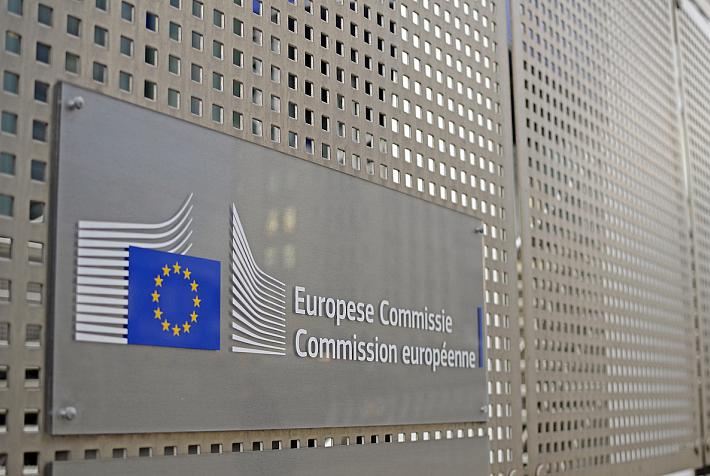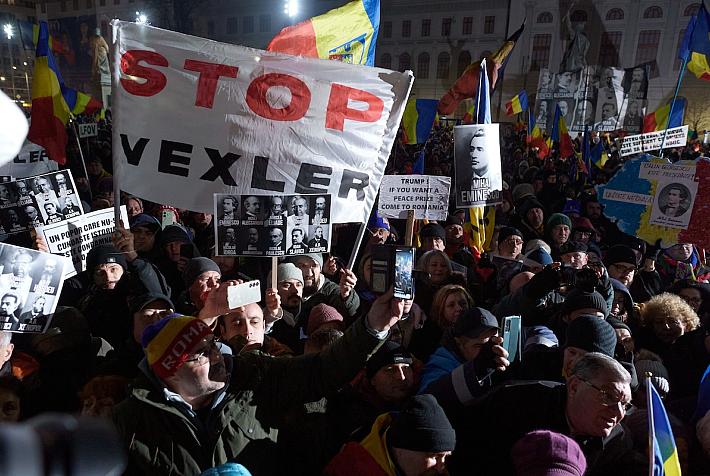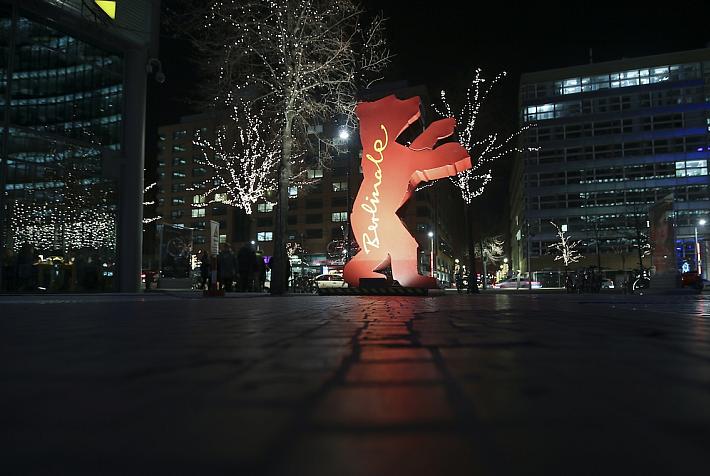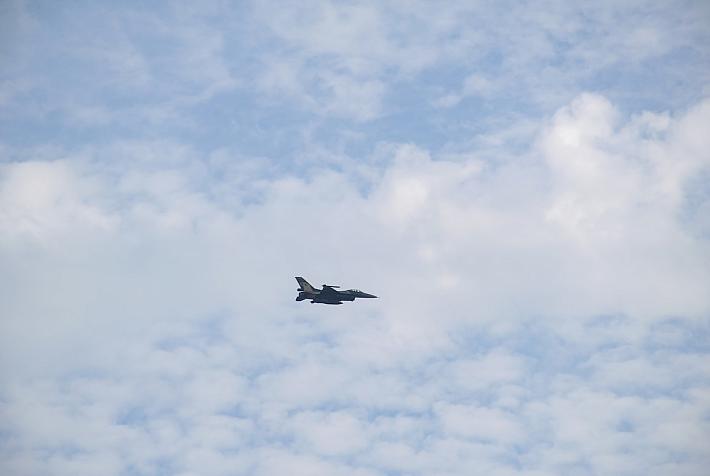This is native content supported by Hotel Cismigiu
Bucharest Old Town highlights: Romania’s Central Bank Palace & its numismatic museum
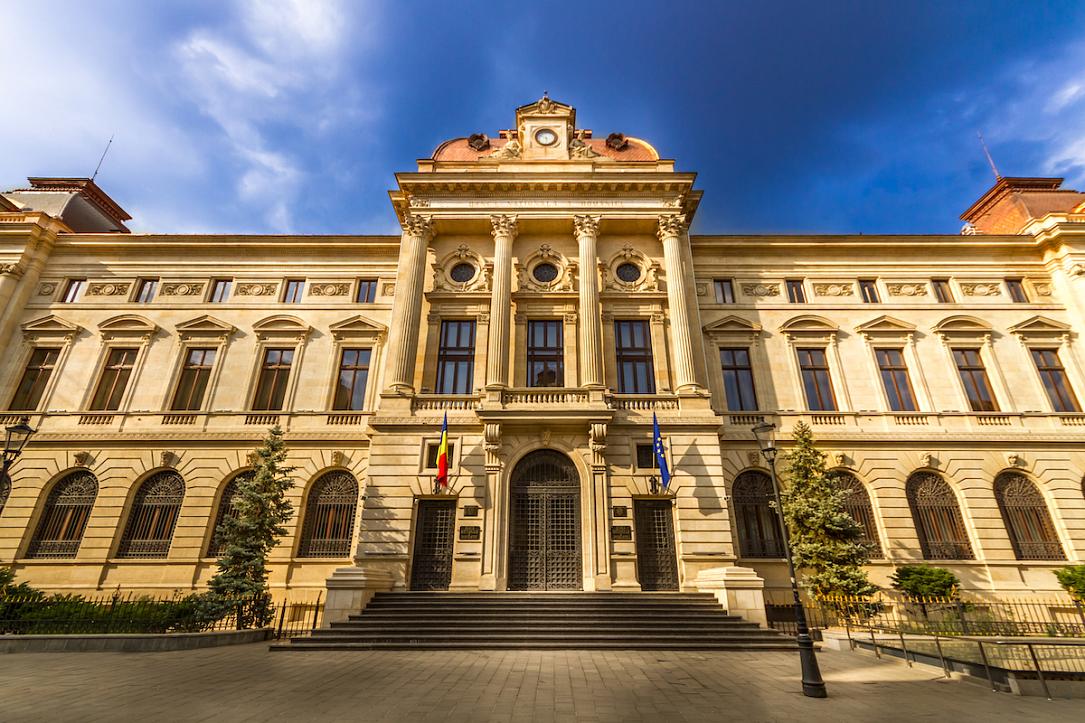
One of the most impressive buildings in Bucharest’s Old Town, impossible to miss if you stroll around the area, is the Palace of the National Bank of Romania. This 19thcentury building hosts the headquarters of the country’s Central Bank BNR, as well as a museum hosting an impressive numismatic collection.
The building, easily accessible at a side of the Old Town, is indeed impressive. The palace was constructed in the city’s oldest commercial part, in the area bounded by the old Lipscani street, Calea Victoriei, and Smârdan and Doamnei streets, on the plot that used to accommodate an inn called Şerban Vodă.
At the end of the 19th century, around the time when the palace was built, Bucharest has started to accelerate its architectural development. The BNR palace was the first important banking building in the capital and its architecture shows not only the importance of the institution but also the economic development of the time and the openness towards the European culture. It also marks the renewal of the capital’s architecture at the turn of the century. Most historic buildings still standing in downtown Bucharest were designed after the BNR palace was built: the Royal Palace, the Palace of Justice or the Palace of the Agriculture Ministry, or the Palace Hotel – built in 1912, now named Hotel Cismigiu, renovated and re-opened in 2012.
Architect Joseph Cassien-Bernard, a collaborator of Charles Garnier, the author of the Paris Opera, and Albert Galleron, who designed the Romanian Athenaeum, were chosen in 1882 to design the first project of the BNR palace. Romanian architects Grigore Cerchez and Constantin Băicoianu were then tasked with finishing the works on the BNR Palace.
In July 1884, works on the palace officially started. It took six years to finish the building, well beyond the estimated three years. Besides the extensive size of the project, both the Serbian-Bulgarian war of 1885, which triggered an interruption in the exploitation and transport of the Rusciuk stone used in the construction, and various difficulties in organizing the bids added to the delay.
The palace has numerous elements from French Classicism architecture, in the academic eclectic style. Six sculptures decorate the façade of the palace, four of which are placed on the lateral spaces. The latter were done by Ion Georgescu and Ştefan Ionescu Valbudea and they represent four allegorical characters: Justice (Themis), Agriculture (Ceres), Trade (Mercury) and Industry (Vulcan). Their symbolism communicates the BNR support towards the national economy.
On the inside of the BNR Palace, the Hall of Counters is the most important space dedicated to the public, now hosting the BNR Museum. The coat of arms of the provinces of the Romanian Kingdom at the time of the construction can be found here: the aurochs of Moldova, the eagle of Muntenia, the lion of Oltenia, and the two dolphins facing each other for the Dobrogea region.
Another important space of the palace is the Gallery of the Governors. Here, the portraits of the 25 governors who led the bank until 1990 and two portraits of Eugeniu Carada, the founder of BNR, can be admired. The Hall of the Council of Administration is the most richly decorated room, in an eclectic style, with powerful baroque accents. A statue of the aforementioned central bank founder can be seen at the intersection of the Lipscani and Eugeniu Carada streets.
Those who visit the BNR Museum can discover not only the old palace of the bank but also one of the most valuable numismatic collections in Romania, covering over two thousand years. The museum collection includes the oldest coin issued on the territory of today’s Romania as well as the smallest paper notes issued here. It also displays the coins of the ancient city of Histria (Istros), the first to be issued on the current territory of the country, as well as Dacian and Roman coins, but also the complete series of coins issued by the Romanian state, beginning with 1867 and until the leu’s denomination in 2005.
An appointment should be made before visiting the museum: email Muzeul@bnr.ro, stating the desired date and time for the visit, the names and ID numbers of those who will visit, and a contact phone number. The visit is free of charge. Visits start daily from 10 AM, 12 PM, 2 PM and 4 PM, Monday to Friday. Walk-in visits without prior email or telephone confirmation are not possible. More about visiting the BNR Museum here (4 Doamnei St.): http://bnr.ro/Visiting-the-Museum-13822.aspx
A virtual tour of the BNR museum is available online here.
The BNR Palace is just a short walk away from the Cismigiu Hotel, hosted in a renovated historic building dating from the early 20th century.
Photo source: Shutterstock
This is native content supported by Hotel Cismigiu.







